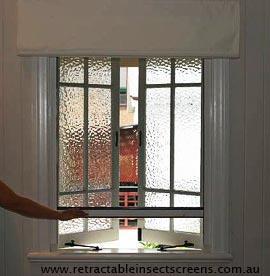
Image courtesy of
Retractable Insect Screens
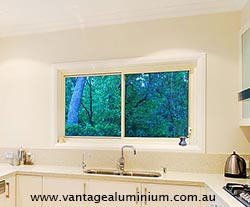
Image courtesy of
Vantage Aluminium
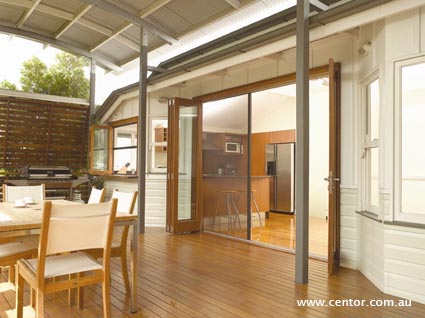
Image courtesy of Centor
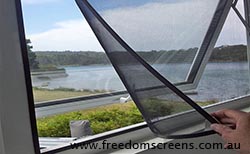
Image courtesy of Freedom Screens
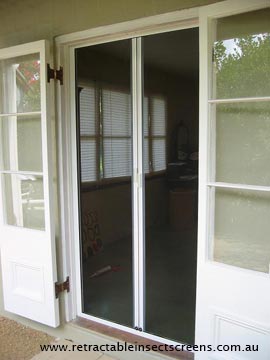
Image courtesy of
Retractable Insect Screens
Choosing the correct insect screens for your home should be simple, right? But many people do not realise the different options that are now available to ensure that bugs are kept outside your home.
So what are window screens?
Insect screens are devices that are installed onto a window unit to keep out bugs such as: moths, cockroaches, wasps, flys and bees from entering the internal spaces of your home. Insect screens can be installed on either the outside or the inside of your window unit depending on what type of window you have. Fly screens can be fixed, semi-fix or retractable depending of your window type, shape and size.
1. Screen types
- Standard fixed - These screens are fixed in place and cannot be moved easily. They are constructed mostly of powder coated aluminium and are the most common type of insect screens used in Australia. Fixed screens can also be made of timber to match timber windows but both types generally have fibre glass mesh infills. Infill types can vary to suit bush fire attack levels and can be made from stainless steel as well as bronze. They are held in place with movable turn buttons. Suit window types: small to large sliding windows as well as and double hung windows.
- Fixed porthole - These are constructed similar to standard fixed except they also have porthole access within the mesh infill. Suit window types: Small to large casement & awning windows. See more here on window types.
- Slider - These are constructed similar to standard fixed except they are for doors & are moveable. They usually load onto the doors sill with rollers. Suit window types: Sliding doors only.
- Retractable - Retractable screens are generally used on large window and door openings only. The retractable units can be installed in a vertical or horizontal format. Suit window types: Stacker sliding doors, bi-fold windows and doors and french doors.
- Drop screens - Drop screens are a very user friendly option - although not 100% effective in keeping bugs out. These screens a great for households that see constant traffic through door openings. Suit window types: All door types and large window openings.
- Magnetic screens - Magnetic screens are relatively new to the screen market and are constructed of a magnetic strip frame with standard fibreglass mesh infill. They are easy to remove and replace, but keep in mind that they should be removed and replaced every 6 months to ensure the magnetic properties last. Suit window types: All types of standard window units including casement, slider, double hung and awning. Not suitable for doors.
2. Window widths
If you have standard sliding window and door installing standard fixed screens will not be expensive. If however your home has large non standard window and door units the screen prices will be more expensive.
3. DIY screens
There are now many companies that sell DIY kits for retractable screens and others. If you plan to install a number of these units its probably worth the DIY effort. However if you only plan on installing a single unit only and have children and pets it is recommended that a specialist install the units for long term safety.
Tips
Best options for kids and pets
Drop screens reduce bug entry and allow children and dogs easy access without assistance.
Beware of retractable screens
Some retractable screens snap back into door housing with great force - ensure you test screens before purchase.
The building process series of articles
This article on window and door screens is just one in a series (The Building process), which covers everything from laying home foundations to selecting wall finishes. Click on the following link if you would like to learn more about the building process.
